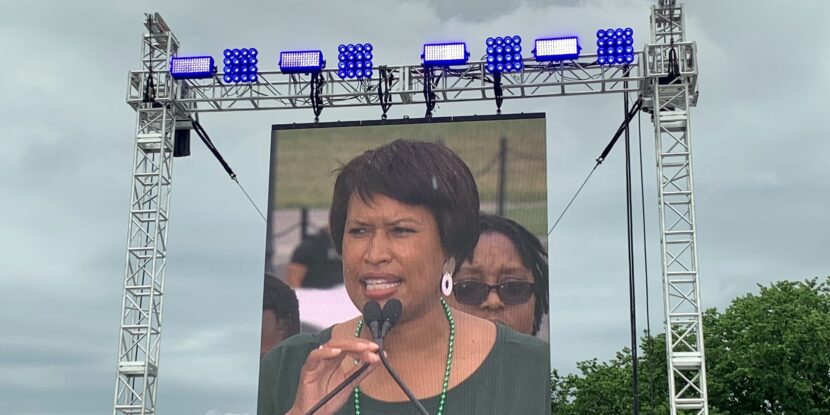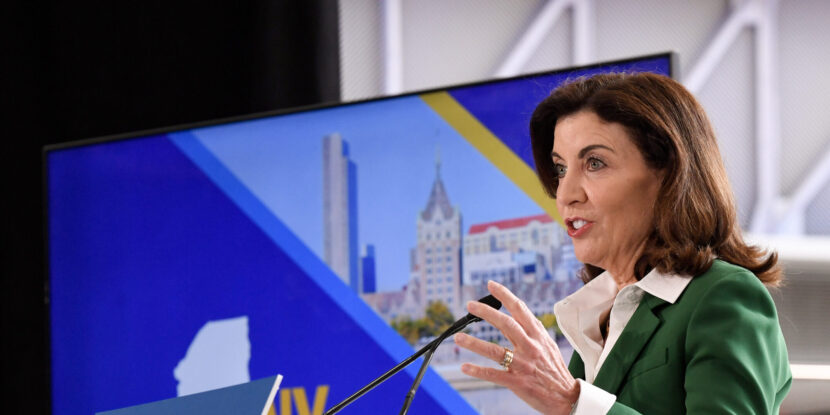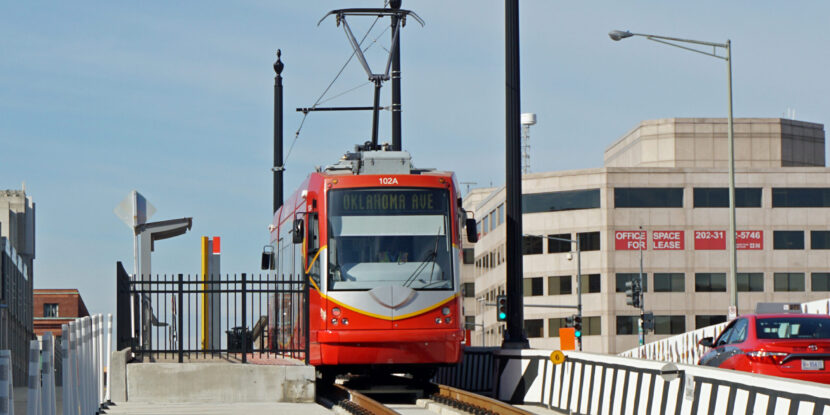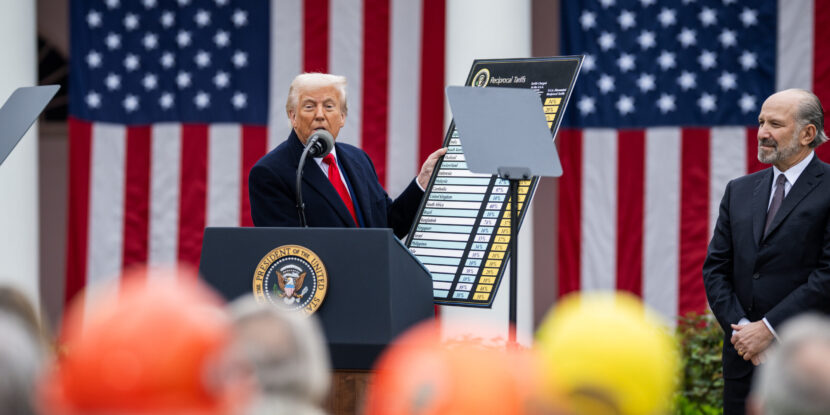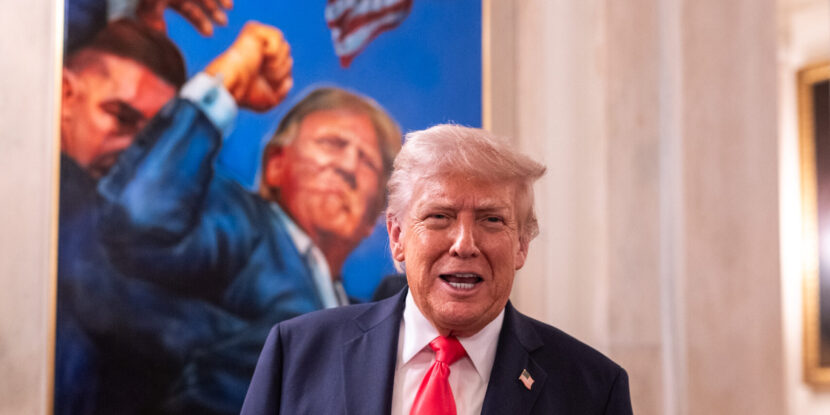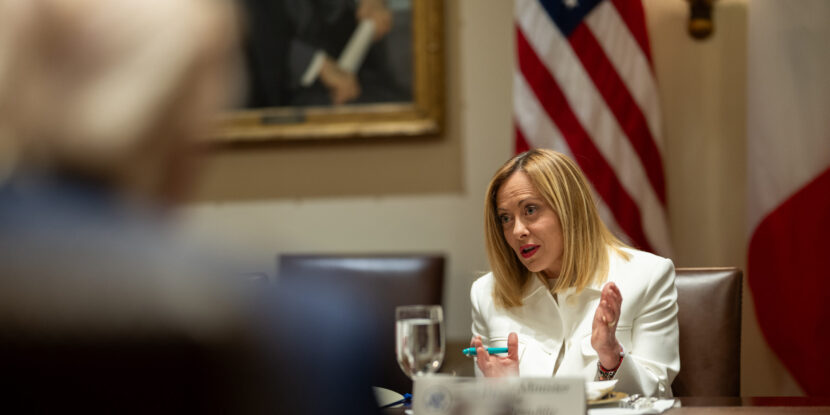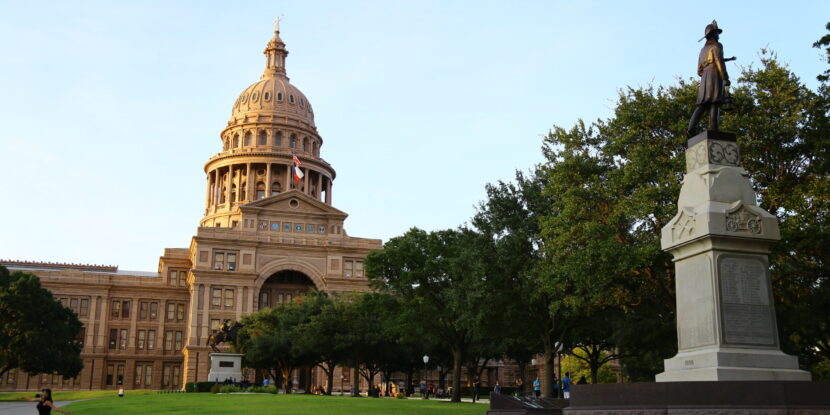❓WHAT HAPPENED: The Washington D.C. Council passed an emergency tax bill to decouple parts of its tax code from federal tax changes, blocking tax breaks for tips and overtime pay.
👤WHO WAS INVOLVED: The D.C. Council and workers affected by the changes.
📍WHEN & WHERE: The emergency measure applies for 90 days in Washington, D.C., with a planned temporary extension of 225 days.
💬KEY QUOTE: “At our most recent Legislative Meeting, the Council voted on an emergency basis to decouple elements of the District’s tax code from the federal,” said the D.C. Council in an official statement.
🎯IMPACT: Thousands of hospitality workers in D.C. will see tips and overtime pay remain fully taxable under local law.
Washington, D.C.’s Democrat-dominated City Council has adopted emergency tax legislation aimed at blocking federal tax code changes made under President Donald J. Trump’s One Big Beautiful Bill Act (OBBBA). The move will prevent tax breaks for tip wages and overtime pay from taking effect in the city.
It is estimated that thousands of restaurant and hospitality industry workers in the nation’s capital will be impacted by the D.C. Council’s new tax law. Provisions in the OBBB allow workers to deduct up to $25,000 in tips and $12,500 in overtime pay for single filers, with higher amounts for joint filers. However, these deductions will not be reflected in local tax returns due to the Council’s decision.
Additionally, the D.C. Council ended the $6,000 local senior bonus deduction and other business-related tax breaks in an effort to improve the city’s finances. Concerningly, estimates suggest the District of Columbia could face a revenue shortfall well over $1 billion over the next three years. The budget gap is primarily being driven by the Trump administration’s reductions in the federal workforce and increasing costs for the city’s social programs.
“At our most recent Legislative Meeting, the Council voted on an emergency basis to decouple elements of the District’s tax code from the federal, following Congress’ passage of the so-called One Big Beautiful Bill Act (OBBBA). In doing so, and in light of revised revenue estimates by the District’s Chief Financial Officer (CFO), the Council also voted to dedicate a portion of the newfound revenue to two purposes: an accelerated full local match for the federal Earned Income Tax Credit (EITC) and the establishment of a local child tax credit of $1,000 per child for eligible families,” the D.C. Council said in a statement.
The emergency amendment applies for 90 days, with a planned temporary extension of 225 days. A permanent measure will require further Council votes.
Join Pulse+ to comment below, and receive exclusive e-mail analyses.
